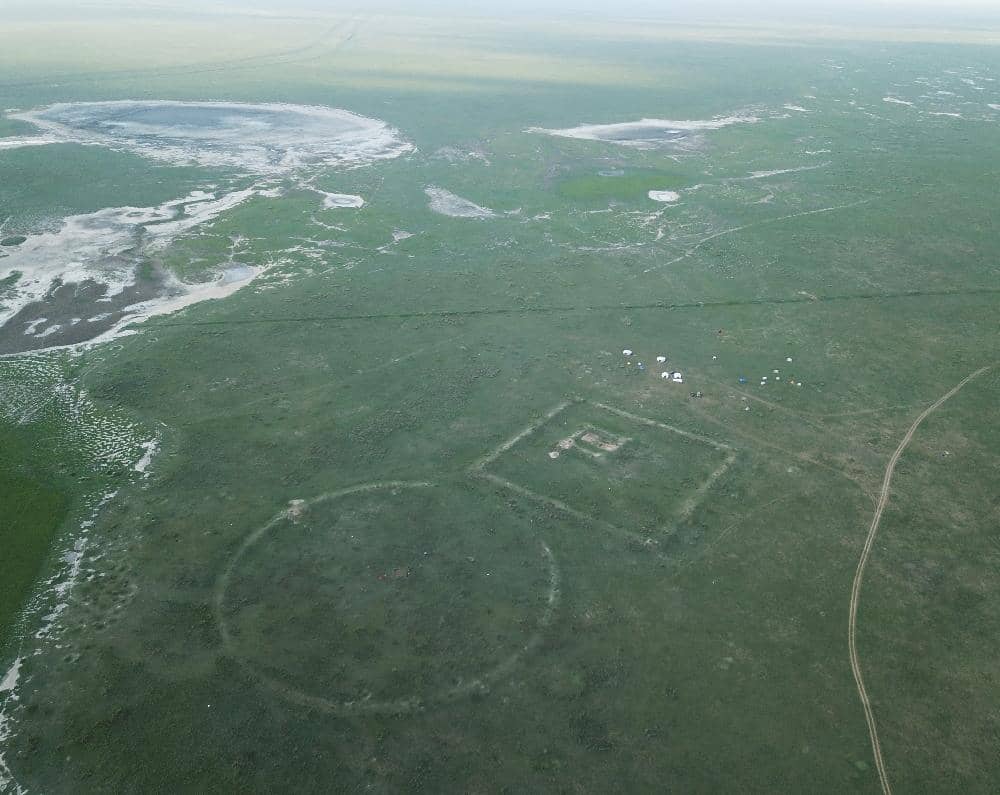
IN THE EARLY TENTH CENTURY A.D., the Khitan, a coalition of nomadic tribes native to eastern Mongolia and parts of China, took advantage of political instability in the region to establish an empire. They conquered a vast swath of northern Asia, stretching from the border of the Korean Peninsula across large portions of northern China, southern Siberia, and Mongolia. Included in their realm, which came to be known as the Liao Empire, was a significant area of traditionally Chinese territory inhabited by settled farmers, as well as great expanses occupied by various other nomadic tribes, who raised herds of horses, sheep, goats, and camels on the grassy steppe. The Khitan elite themselves continued to follow a nomadic lifestyle, honing their skills as mounted warriors and tending their own herds. The Liao emperors and their courts moved among five different capitals, where they lived in tents, and spent a good deal of time at seasonal hunting and fishing camps.
Starting with the empire’s founder, Abaoji, who united the often fractious Khitan tribes, the Liao operated an unusual hybrid government that consisted of a southern administration responsible for the heavily Chinese parts of their empire, and a northern administration that dealt with tribal areas. The former was modeled on Chinese dynasties of the time and was staffed by ranks of civil servants, many of them Chinese, selected through an exam system. The latter followed traditional Khitan practices, and those who rose to power were generally members of the royal clan, who inherited their positions. “The Liao approach was to control everyone according to what they were used to,” says Michal Biran, a historian at the Hebrew University of Jerusalem. “They controlled the nomads as nomads did, and the Chinese as the Chinese did. It worked quite well because it kept them in power for two centuries.”
Esta historia es de la edición November/December 2020 de Archaeology.
Comience su prueba gratuita de Magzter GOLD de 7 días para acceder a miles de historias premium seleccionadas y a más de 9,000 revistas y periódicos.
Ya eres suscriptor ? Conectar
Esta historia es de la edición November/December 2020 de Archaeology.
Comience su prueba gratuita de Magzter GOLD de 7 días para acceder a miles de historias premium seleccionadas y a más de 9,000 revistas y periódicos.
Ya eres suscriptor? Conectar

ORIGINS OF PERUVIAN RELIGION
While investigating looters' holes at the site of La Otra Banda in northern Peru's Zaña Valley, archaeologist Luis A. Muro Ynoñán of the Field Museum and the Pontifical Catholic University of Peru spotted carved blocks around seven feet below the surface.
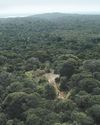
ISLAND OF FREEDOM
Many of the enslaved Africans sent to Brazil beginning in 1549 were from what is now Angola, where one of the most widely spoken languages was Kimbundu.
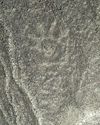
NAZCA GHOST GLYPHS
From the 1940s to the early 2000s, geoglyphs were discovered in the Nazca Desert of southern Peru depicting animals, humans, and other figures at the rate of 1.5 per year.

COLONIAL COMPANIONS
The ancestry of dogs in seventeenth-century Jamestown offers a window into social dynamics between Indigenous people and early colonists.
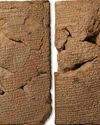
BAD MOON RISING
The British Museum houses around 130,000 clay tablets from ancient Mesopotamia written in cuneiform script between 3200 B.C. and the first century A.D.
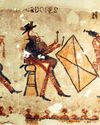
DANCING DAYS OF THE MAYA
In the mountains of Guatemala, murals depict elaborate performances combining Catholic and Indigenous traditions
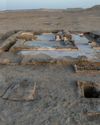
LOST GREEK TRAGEDIES REVIVED
How a scholar discovered passages from a great Athenian playwright on a discarded papyrus

Medieval England's Coveted Cargo
Archaeologists dive on a ship laden with marble bound for the kingdom's grandest cathedrals

Unearthing a Forgotten Roman Town
A stretch of Italian farmland concealed one of the small cities that powered the empire
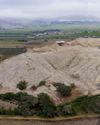
TOP 10 DISCOVERIES OF 2024
ARCHAEOLOGY magazine reveals the year's most exciting finds